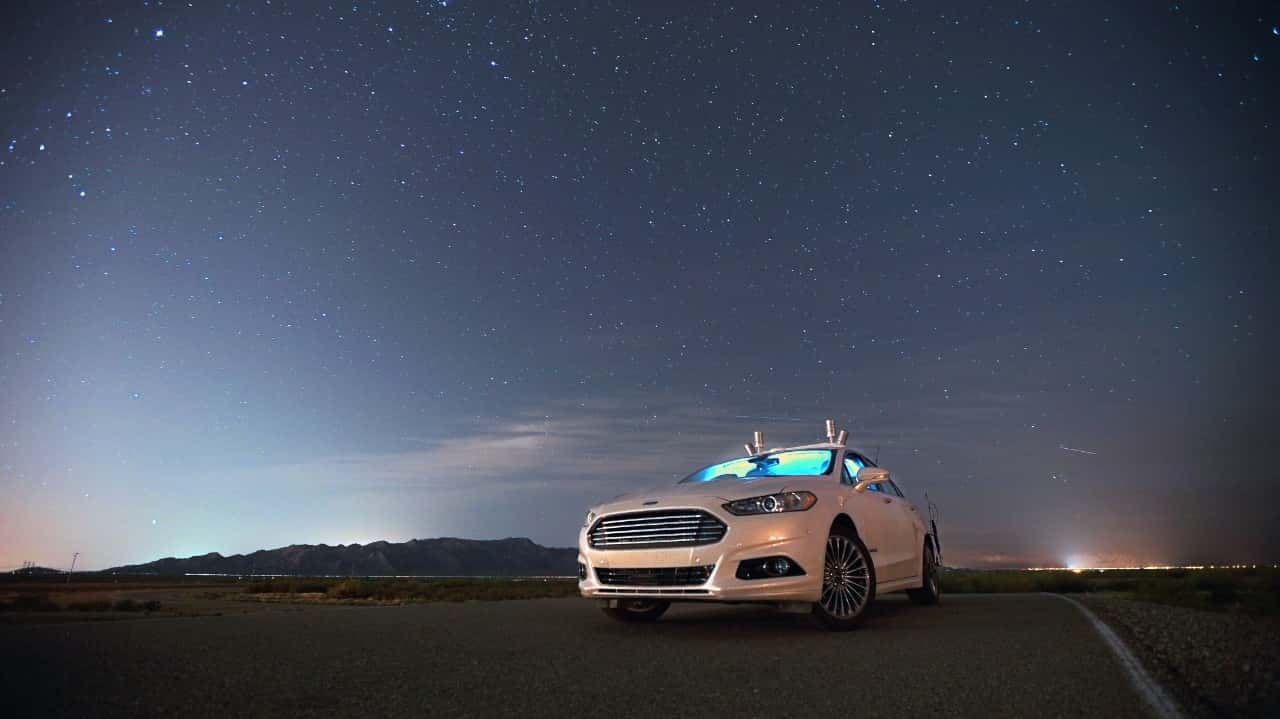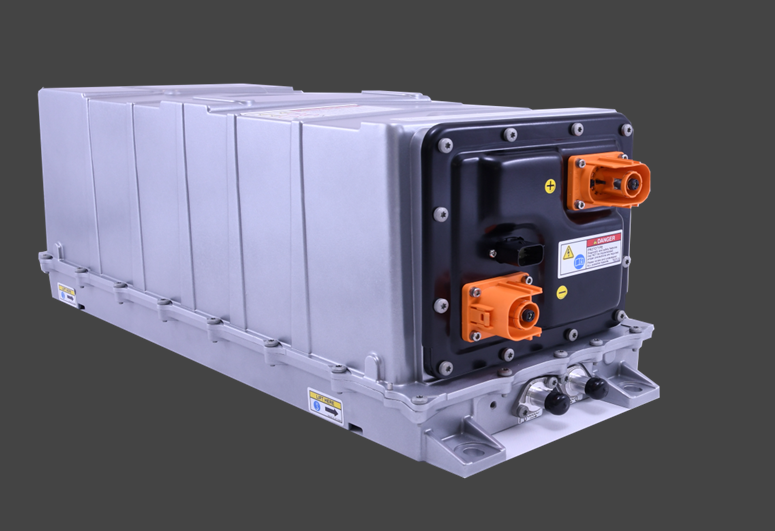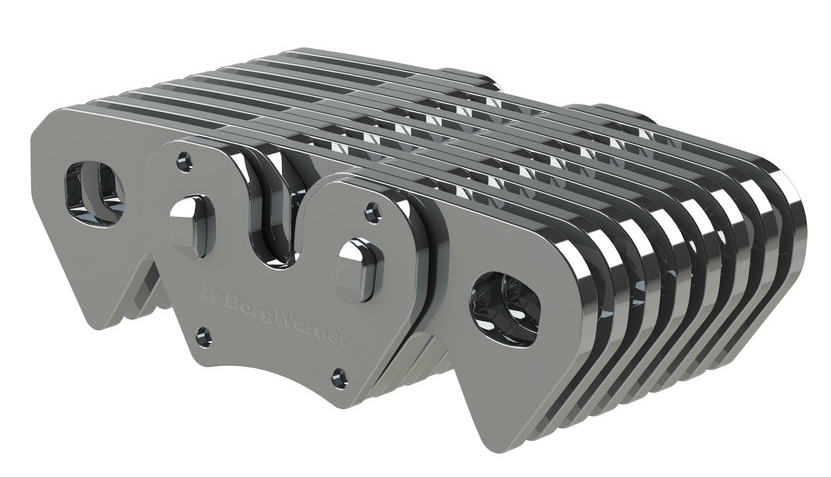Ford has been testing a Fusion Hybrid autonomous research vehicle with no headlights on dark desert roads in an effort to ramp up its autonomous vehicle technologies.
According to Ford, driving in pitch-black conditions at Ford Arizona Proving Ground marks the next step in the company’s journey to deliver fully autonomous vehicles to customers around the globe. Ford says these tests demonstrate that even without cameras, Ford’s LiDAR system – working with the car’s virtual driver software – can steer flawlessly around winding roads in complete darkness. Although it’s ideal to have all three modes of sensors – radar, cameras and LiDAR – Ford says the latter can function independently on roads without stoplights.
National Highway Traffic Safety Administration data has found the passenger vehicle occupant fatality rate during dark hours to be about three times higher than the daytime rate.
“Thanks to LiDAR, the test cars aren’t reliant on the sun shining, nor cameras detecting painted white lines on the asphalt,” says Jim McBride, Ford’s technical leader for autonomous vehicles. “In fact, LiDAR allows autonomous cars to drive just as well in the dark as they do in the light of day.”
To navigate in the dark, Ford’s self-driving cars use high-resolution 3D maps – complete with information about the road, road markings, geography, topography, and landmarks such as signs, buildings and trees. The vehicle uses LiDAR pulses to pinpoint itself on the map in real time, and additional data from radar gets fused with that of LiDAR to complete the full sensing capability of the autonomous vehicle. The LiDAR sensors shoot out 2.8 million laser pulses per second to precisely scan the surrounding environment.
This year, Ford says it will triple its autonomous vehicle test fleet, bringing the number to about 30 self-driving Fusion Hybrid sedans for testing on roads in California, Arizona and Michigan.







